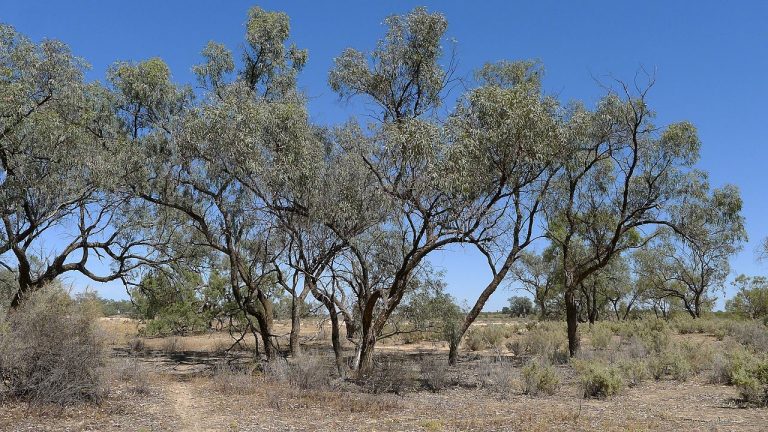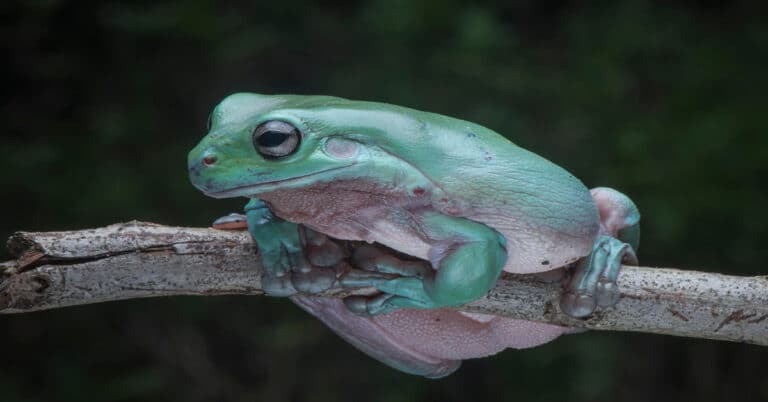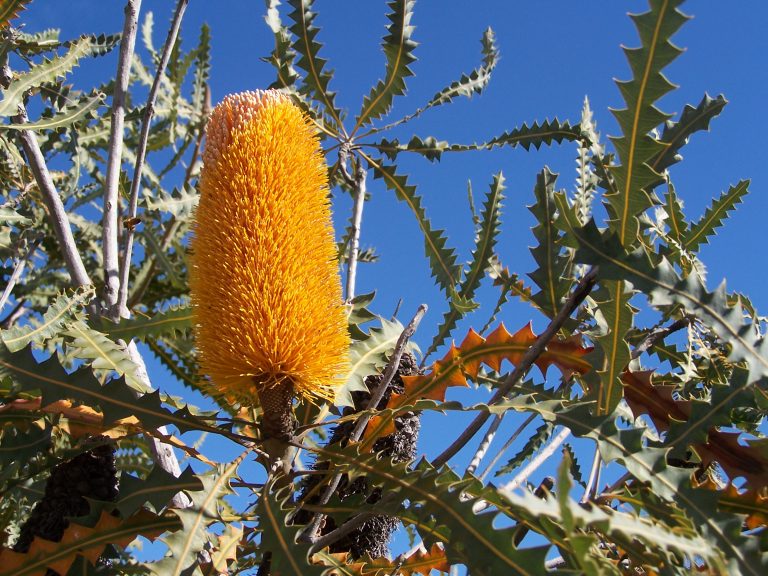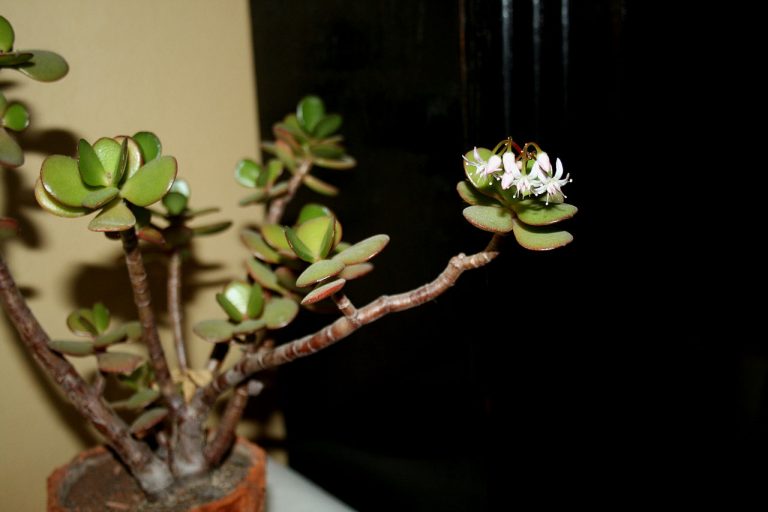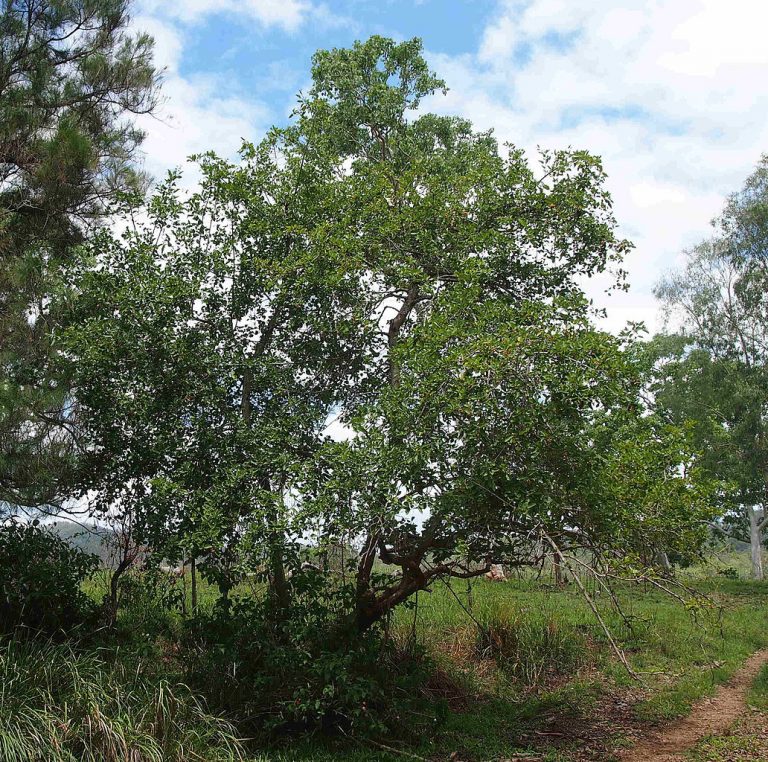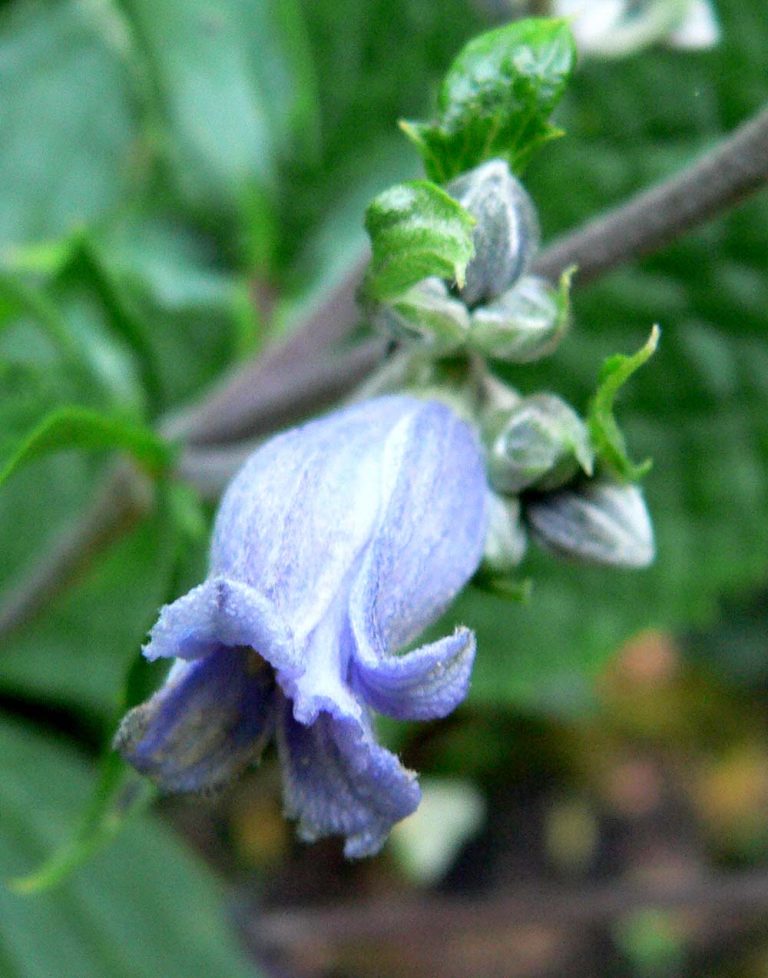Papaya
Scientific Classification
| Kingdom: | Plantae |
| (unranked): | Angiosperms |
| (unranked): | Eudicots |
| (unranked): | Rosids |
| Order: | Brassicales |
| Family: | Caricaceae |
| Genus: | Carica |
| Species: | C. papaya |
| Binomial name: | Carica papaya |
The Papaya (Carib in Spanish), pawpaw or papaw, is a fruit of the plant Carica papaya. In the Carica genus, this is the only variety belonging to the Caricaceae.
Anatomy
This tree does not have branches, unless you sever it. The flowers are similar to that of the Plumeria, with the exception that they are wax-like and smaller in size. They form at the axis of the leaves and grow into big fruits of length 15 to 45 cm (5.9 to 17.7 inches) and 10 to 30 cm (3.0 to 11.8 in) in diameter. As it ripens, it becomes soft (Perhaps soft as a ripe avocado or slightly softer) and the ripe papaya has a wonderful taste. Its skin is orange to amber in color.
Habitat
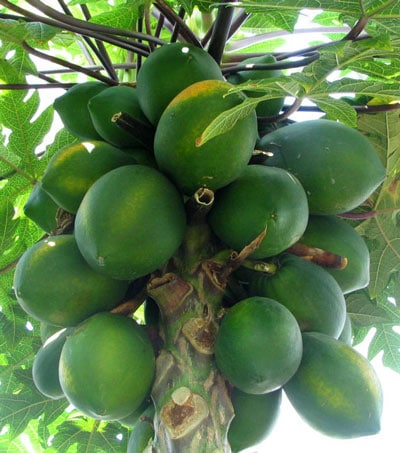
Photo by: Tim McCormack
They grow mainly in America’s tropical region extending to neighboring Central America and southern Mexico. Carica papaya belongs to the new world (the Western Hemisphere and the Americas), in Brazil, Belize, Colombia, Bolivia, Costa, EI Salvador, Guatemala, Honduras, Rica, Guyana, Ecuador, Panama, Peru, French Guiana, Nicaragua, Paraguay, Suriname, north Argentina and Venezuela. C papaya also grows in Cuba, Grenada, Bahamas, Dominican, Guadeloupe, Republic, Jamaica, Puerto Rico, Haiti, Saint Vincent, Martinique and the Grenadines, Tobago and Trinidad, Malavia, the U.S. Virgin islands, the U.S. state of Florida and Tanzania in Africa. Australia, the U.S. state of Hawaii and Philippines grow additional crops of C. Papaya.
GROWING AT HOME
Soil for Planting
- They grow in all varieties of well-drained soils.
- In case the soil is much wetter, they can become sick.
- Good soil for papayas is loamy soil.
Planting
- Prepare a hole twice as big as the container where the tender tree is growing.
- Mix a little manure and compost into the soil you remove from the hole.
- Remove the nursery plant from the container. In case of plastic container, pierce it at the side.
- Do not tamper with the roots.
- Centralize the tree in the hole; while filling the hole with the soil, hold it upright, keeping the base, in level with the surrounding ground.
Watering
- Papaya’s has only a limited need of water.
- In dry weather if you water papaya every fortnight, they will produce bigger fruits.
- If you do not give with enough water, the flowers wilt.
- In order to prevent stagnation of water in the clayey soil, prepare a ridge and plant your papaya on it.
Temperature and Humidity
- Hot regions are ideal to grow papayas.
- If you protect the papayas from the chilled winds, they manage mild frosts.
Care
- In the month of September, November and January provide the trees with four tablespoonfuls (115 g) of 2:3:2.
- Shower them around the tree evenly, do not shower them on the stem.
- Mulch the trees with grass, leaves, etc.
- The papaya tree trunk is very soft, hence avoid growing other plants near it. It is possible for the papaya tree to get diseases if its trunk suffers damage.
- In case you notice humps on the fruit, it indicates shortage of boron. Shower two tablespoonfuls of borax round the tree.
Pests and Pesticides
The papaya ring spot virus (PRV) can affect your papayas; this leads to early molting and malformation of the leaves. In the 1990s this virus posed a threat to devastate Hawail’s papaya industry totally. Black leaf spots appear on papaya trees quickly. Get guidance from your nearby co-operative office or extension officer on treatment of these diseases. The papaya tree is also vulnerable to fruit flies, they lay eggs in the fruit.
Harvest Month and Storage
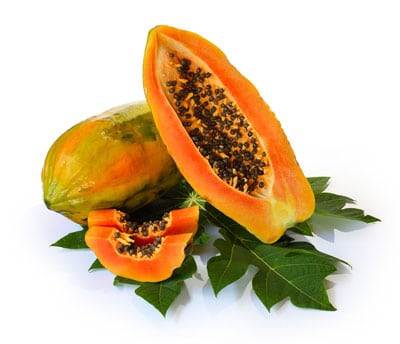
- The ideal time to pick the fruit is when the color of its skin begins to turn yellow.
- The papaya fruit ripens after you pick them.
- The fruit bruises easily, so be careful in handling them.

Having discovered a fondness for insects while pursuing her degree in Biology, Randi Jones was quite bugged to know that people usually dismissed these little creatures as “creepy-crawlies”.


